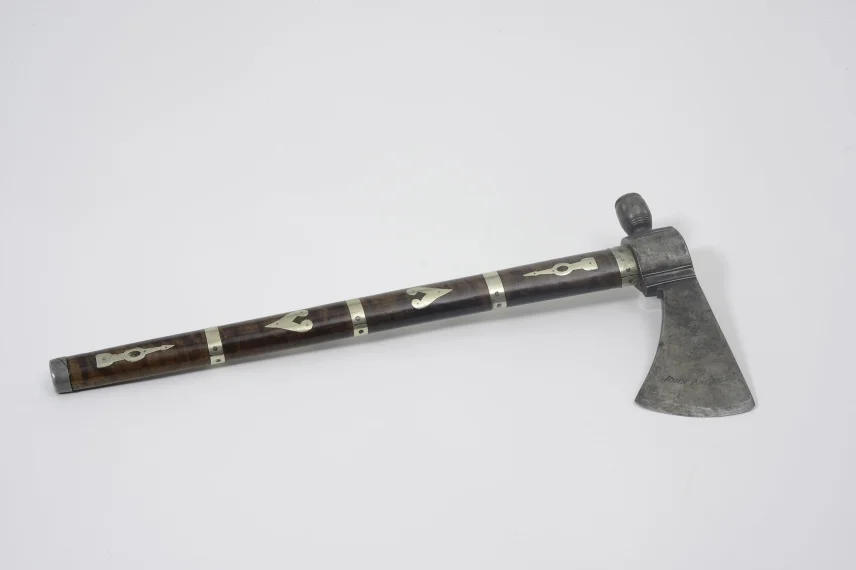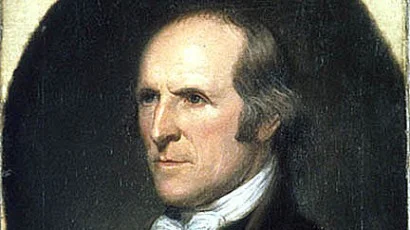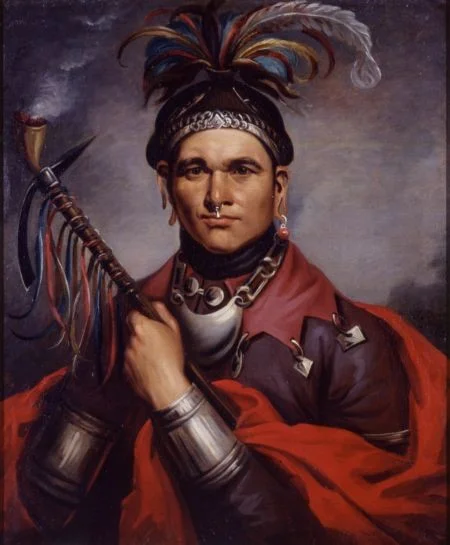An 18th-century Native American pipe tomahawk supposedly given to Seneca chief Cornplanter by President George Washington in 1792 has been returned to the New York State Museum. According to the Times Union, the tomahawk was stolen from the Albany Museum between 1947 and 1950 and has been in the possession of private collectors. An anonymous collector returned the pipe tomahawk in June, and it is now on view through December 30.
Pipe tomahawks signified intercultural exchange in the 18th century and could be used for smoking, a common ceremonial practice after reaching an agreement. In the 1790s, Cornplanter visited President Washington in Philadelphia, which eventually led to the Treaty of Canandaigua 1794. This treaty established peace between the sovereign nations of the U.S. and the Haudenosaunee (Iroquois) Confederacy.
Photo Courtesy: New York State Museum


